Home>Gardening & Outdoor>Landscaping Ideas>How Long To Stay Off Grass Seed
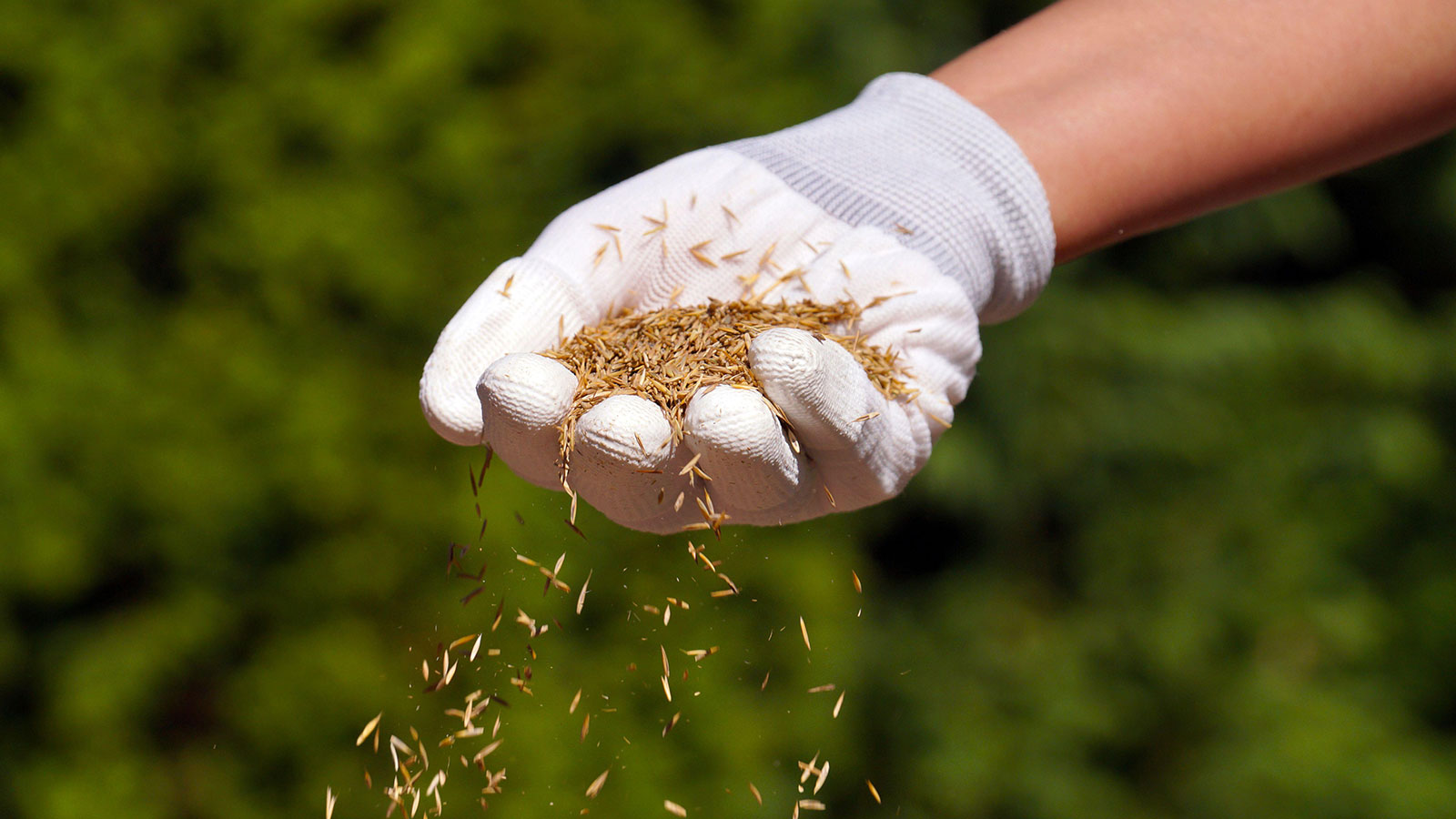

Landscaping Ideas
How Long To Stay Off Grass Seed
Modified: March 29, 2024
Discover the ideal duration for staying off newly seeded grass in your landscaping project. Learn expert tips and ideas for successful lawn care.
(Many of the links in this article redirect to a specific reviewed product. Your purchase of these products through affiliate links helps to generate commission for Storables.com, at no extra cost. Learn more)
Introduction
Planting grass seed is an exciting endeavor that can transform your outdoor space into a lush, green paradise. Whether you’re establishing a new lawn or rejuvenating bare patches, the success of your efforts hinges on various factors, including the germination process. One common question that arises after sowing grass seed is, “How long should I stay off the newly seeded area?” This query is crucial, as the timing of when it’s safe to walk on or mow the grass can significantly impact the seedlings’ growth and overall establishment. To gain a comprehensive understanding of this essential aspect of lawn care, let’s delve into the factors affecting germination, the recommended time to stay off grass seed, and valuable tips for ensuring successful germination.
Key Takeaways:
- Give newly seeded grass at least 2-4 weeks to grow undisturbed. Wait until the grass reaches 3-4 inches in height before resuming normal activities to ensure healthy growth.
- Choose the right grass seed, prepare the soil, and provide consistent moisture to support successful grass seed germination. Protect the seeded area and follow recommended maintenance for a vibrant lawn.
Read more: How Long To Stay Off New Grass
Factors Affecting Germination
Grass seed germination is a complex process influenced by various environmental factors. Understanding these elements is crucial for optimizing the conditions to support healthy seedling growth. Here are the key factors affecting grass seed germination:
- Soil Temperature: The temperature of the soil plays a pivotal role in seed germination. Different grass species have specific temperature requirements for optimal germination. Generally, cool-season grasses such as Kentucky bluegrass and fescue germinate best at soil temperatures between 50 to 65 degrees Fahrenheit, while warm-season grasses like Bermuda grass prefer temperatures between 75 to 90 degrees Fahrenheit.
- Moisture: Adequate moisture is essential for seed germination. During the germination phase, the soil should be kept consistently moist, but not waterlogged, to provide the ideal environment for the seeds to sprout and develop root systems.
- Light: While some seeds require exposure to light to germinate, most grass seeds germinate in darkness. However, once the seedlings emerge, they require sunlight to carry out photosynthesis and establish healthy growth.
- Soil Preparation: Proper soil preparation is vital for successful germination. Loose, well-aerated soil with minimal debris and clumps facilitates seed-to-soil contact, allowing the seeds to absorb moisture and nutrients from the soil more effectively.
- Weed Competition: Weeds can compete with grass seedlings for essential resources such as water, sunlight, and nutrients. Minimizing weed presence and competition during the germination phase is crucial for the successful establishment of grass seedlings.
By considering and optimizing these factors, you can create an environment that maximizes the chances of successful grass seed germination, setting the stage for a healthy and vibrant lawn.
Recommended Time to Stay Off Grass Seed
After sowing grass seed, it’s essential to allow the newly planted area ample time to facilitate undisturbed germination and establishment. Walking or engaging in activities on the seeded area prematurely can disrupt the delicate process, potentially compromising the germination and growth of the grass seedlings. The recommended time to stay off grass seed largely depends on the type of grass being grown, the prevailing environmental conditions, and the specific germination timeline of the grass species. Here are general guidelines for staying off grass seed after planting:
- Initial Rest Period: Following the seeding process, it’s advisable to refrain from walking or allowing pets and wildlife on the newly seeded area for at least 2 to 4 weeks. This initial rest period is crucial for giving the seeds an opportunity to germinate undisturbed and for the fragile seedlings to establish their root systems.
- Germination Timeline: Different grass species have varying germination periods. For instance, cool-season grasses like ryegrass and fescue typically germinate within 7 to 21 days, while warm-season grasses such as Bermuda grass may take 10 to 21 days to germinate under optimal conditions. It’s important to consult the specific germination timeline for the grass species you’ve planted and adjust the stay-off period accordingly.
- Environmental Factors: Environmental conditions, including temperature, moisture levels, and sunlight, can influence the speed of germination and the overall establishment of the grass seedlings. Adverse weather conditions, such as heavy rainfall or extreme heat, may necessitate an extended stay-off period to ensure the seeds and seedlings are not subjected to undue stress or damage.
- Visual Cues: Observing the visual progress of the seeded area can provide valuable insights into when it’s safe to resume normal activities. Once the grass seedlings have reached a height of 3 to 4 inches and have established a dense, uniform coverage, it indicates that the roots are sufficiently anchored, and the grass can withstand light foot traffic.
By adhering to these guidelines and considering the specific conditions of your lawn, you can promote the successful germination and establishment of grass seed, paving the way for a healthy and vibrant lawn.
It is recommended to stay off newly planted grass seed for at least 2-4 weeks to allow it to establish and grow. This will help prevent damage and ensure a healthy lawn.
Tips for Ensuring Successful Germination
Optimizing the conditions for grass seed germination is essential for achieving a lush and resilient lawn. By implementing the following tips, you can enhance the likelihood of successful germination and support the healthy establishment of your grass seedlings:
- Choose the Right Seed: Selecting high-quality grass seed that is well-suited to your region and the specific growing conditions of your lawn is paramount. Consider factors such as sun exposure, soil type, and water availability when choosing the appropriate grass species for optimal germination and long-term growth.
- Prepare the Soil: Adequate soil preparation is crucial for promoting successful germination. Clear the area of debris, rocks, and weeds, and loosen the top layer of soil to facilitate good seed-to-soil contact. Consider incorporating organic matter or compost to improve soil structure and fertility.
- Provide Consistent Moisture: Maintaining consistent moisture levels in the soil is essential for seed germination. Water the seeded area lightly and frequently to keep the soil moist, but avoid overwatering, which can lead to seed displacement or fungal issues. Irrigate the area in the early morning to minimize evaporation and maximize absorption.
- Protect the Seeded Area: To prevent disturbance from foot traffic, pets, or wildlife, consider using temporary barriers or fencing to cordon off the seeded area. This helps create a protected environment for the seeds to germinate undisturbed and for the young seedlings to establish strong root systems.
- Monitor and Adjust: Regularly monitor the seeded area for signs of germination and adjust your maintenance practices accordingly. If certain areas exhibit delayed germination, consider reseeding those spots to ensure uniform coverage and density.
- Follow Recommended Maintenance: Once the grass seedlings have emerged and established, adhere to the recommended mowing and watering practices to support their continued growth and development. Gradually reintroduce normal foot traffic and activities once the grass has reached a suitable height and density.
By following these tips and best practices, you can create an optimal environment for grass seed germination, setting the stage for a vibrant and resilient lawn that enhances the beauty of your outdoor space.
Conclusion
Successfully establishing a lush, healthy lawn through grass seed germination requires careful attention to various factors, from soil preparation to post-planting maintenance. By understanding the critical elements influencing germination, such as soil temperature, moisture, and light, you can create an environment conducive to robust seedling growth. Additionally, adhering to the recommended time to stay off grass seed after planting and implementing best practices for ensuring successful germination are pivotal steps in nurturing a thriving lawn.
As you embark on your grass seed planting journey, keep in mind the importance of patience and diligence in providing the optimal conditions for germination. By selecting the right grass seed, preparing the soil thoughtfully, and providing consistent moisture, you set the stage for the emergence of healthy, resilient grass seedlings. Furthermore, protecting the newly seeded area from disturbance and following recommended maintenance practices are essential for fostering the continued growth and development of the grass.
Ultimately, the process of nurturing grass seed to full-fledged, vibrant turf is a rewarding endeavor that enhances the beauty and functionality of your outdoor space. By incorporating the insights and guidelines outlined in this article, you can navigate the complexities of grass seed germination with confidence, ensuring the successful establishment of a thriving lawn that brings joy and tranquility to your surroundings.
Frequently Asked Questions about How Long To Stay Off Grass Seed
Was this page helpful?
At Storables.com, we guarantee accurate and reliable information. Our content, validated by Expert Board Contributors, is crafted following stringent Editorial Policies. We're committed to providing you with well-researched, expert-backed insights for all your informational needs.
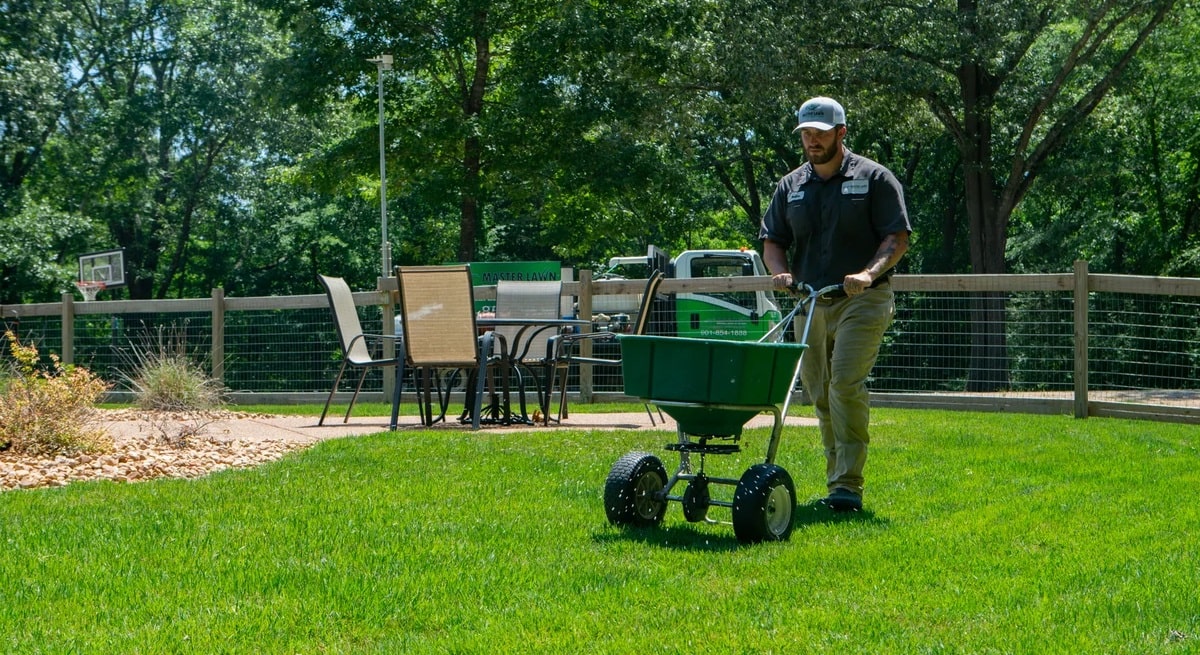
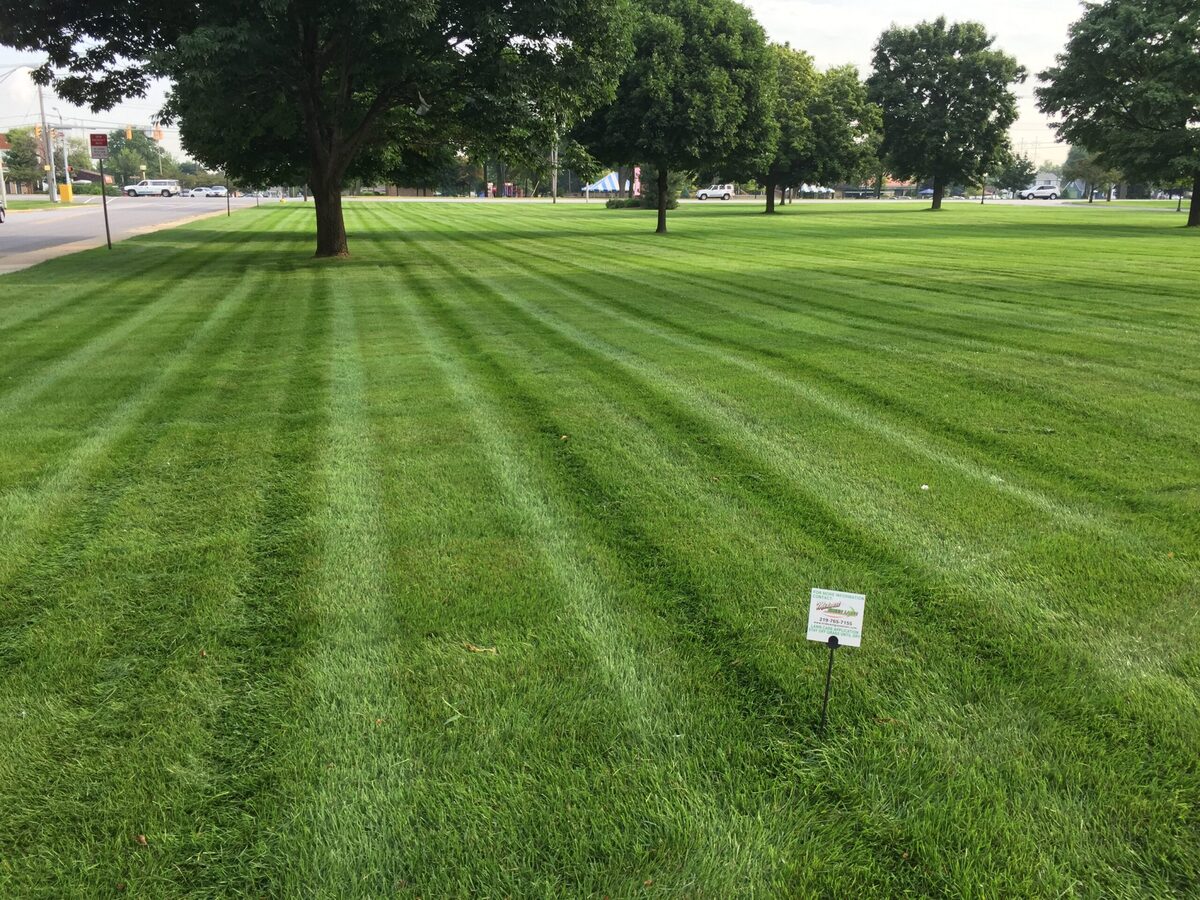
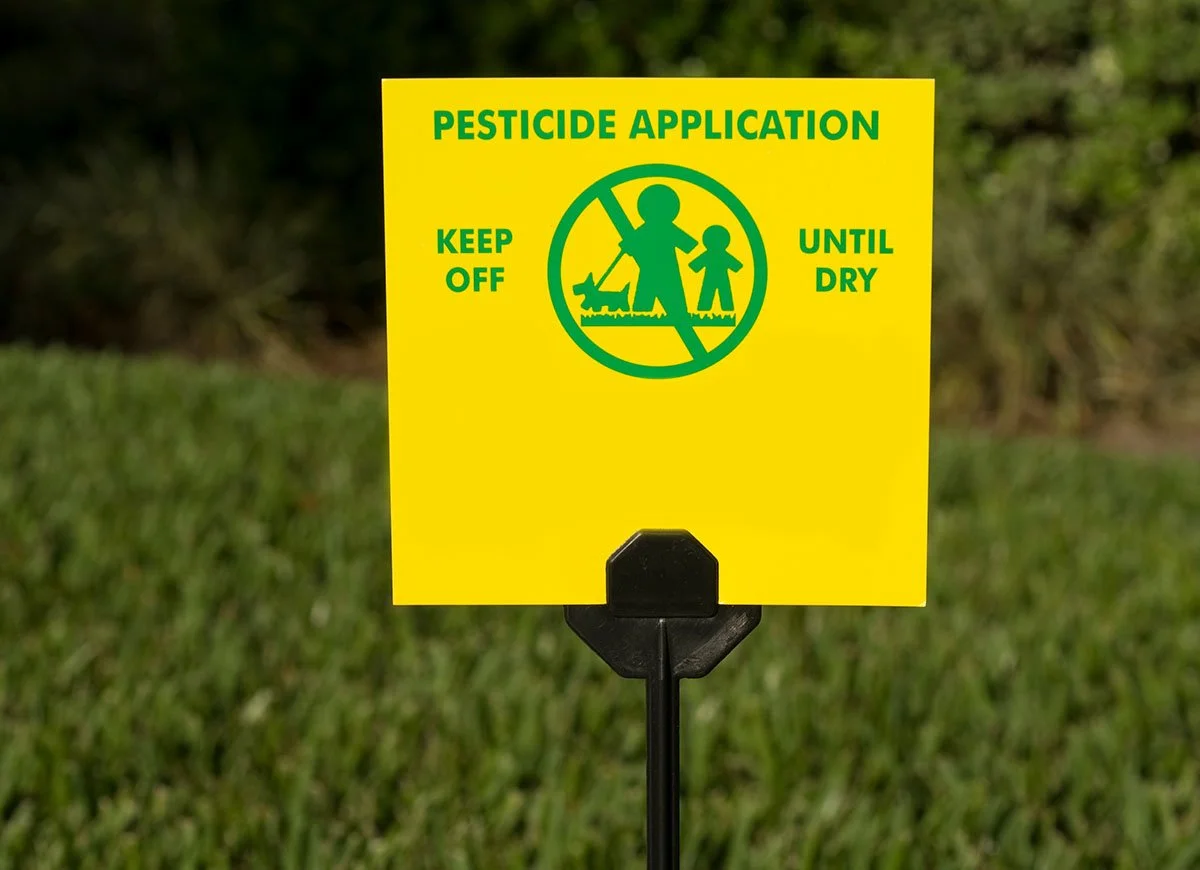
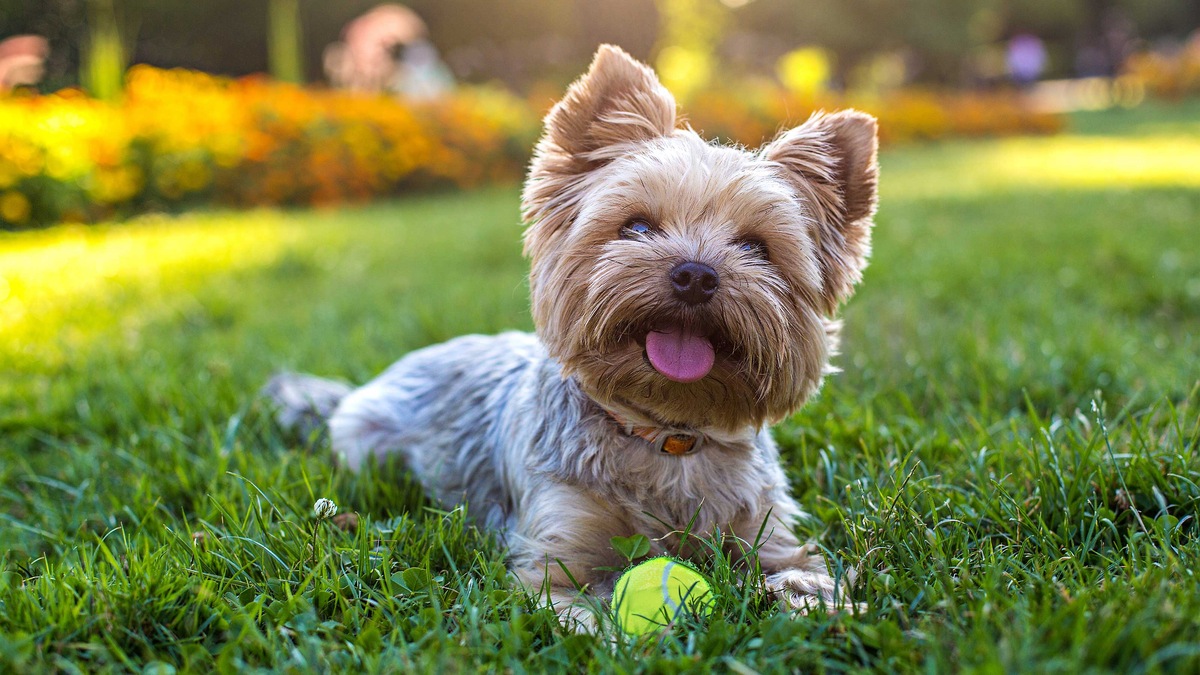
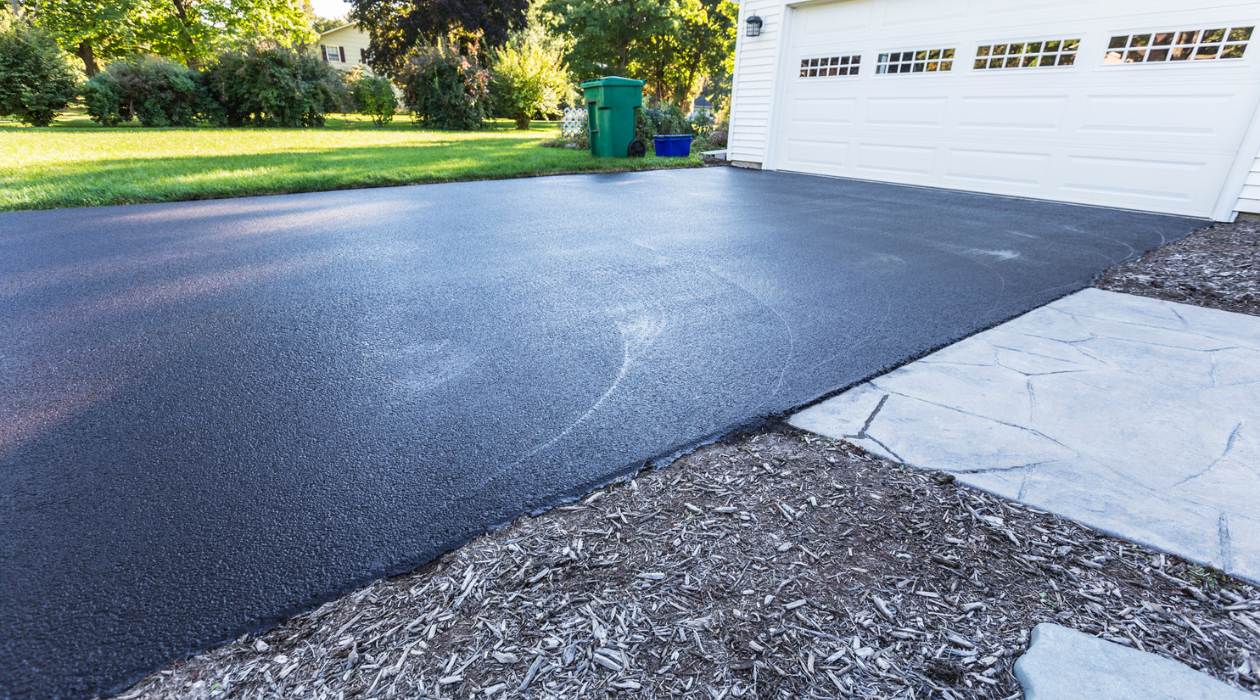
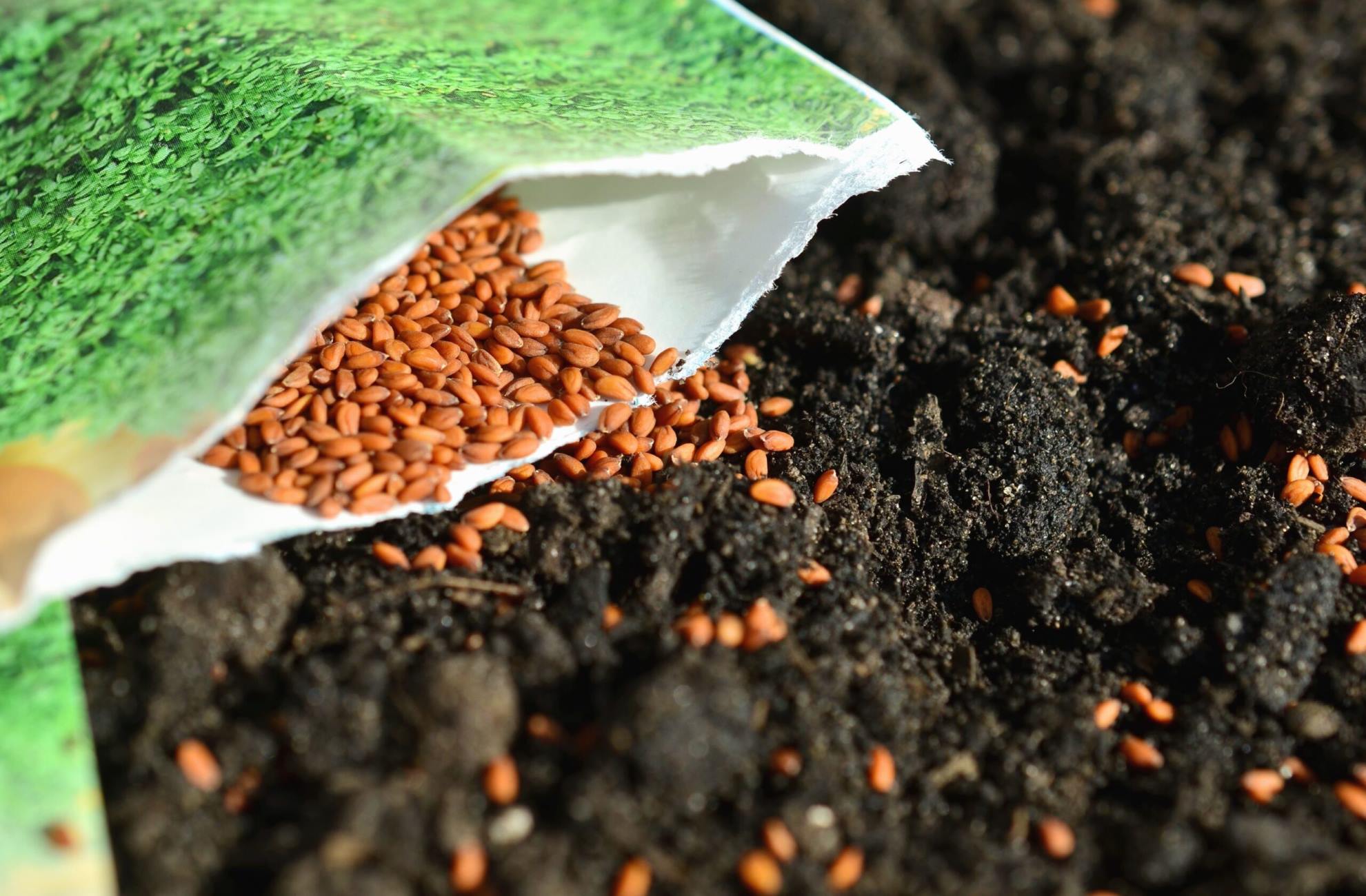
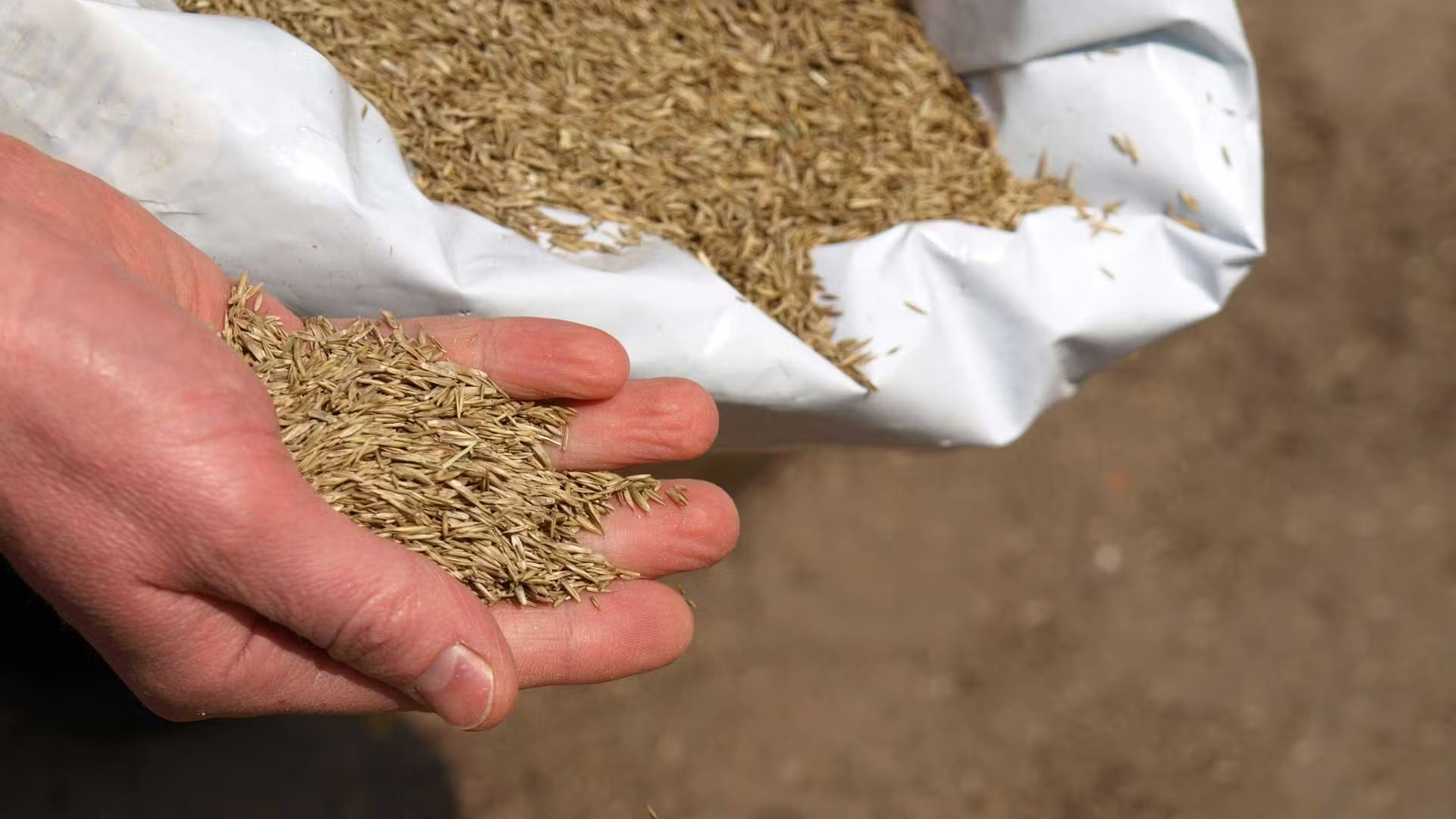
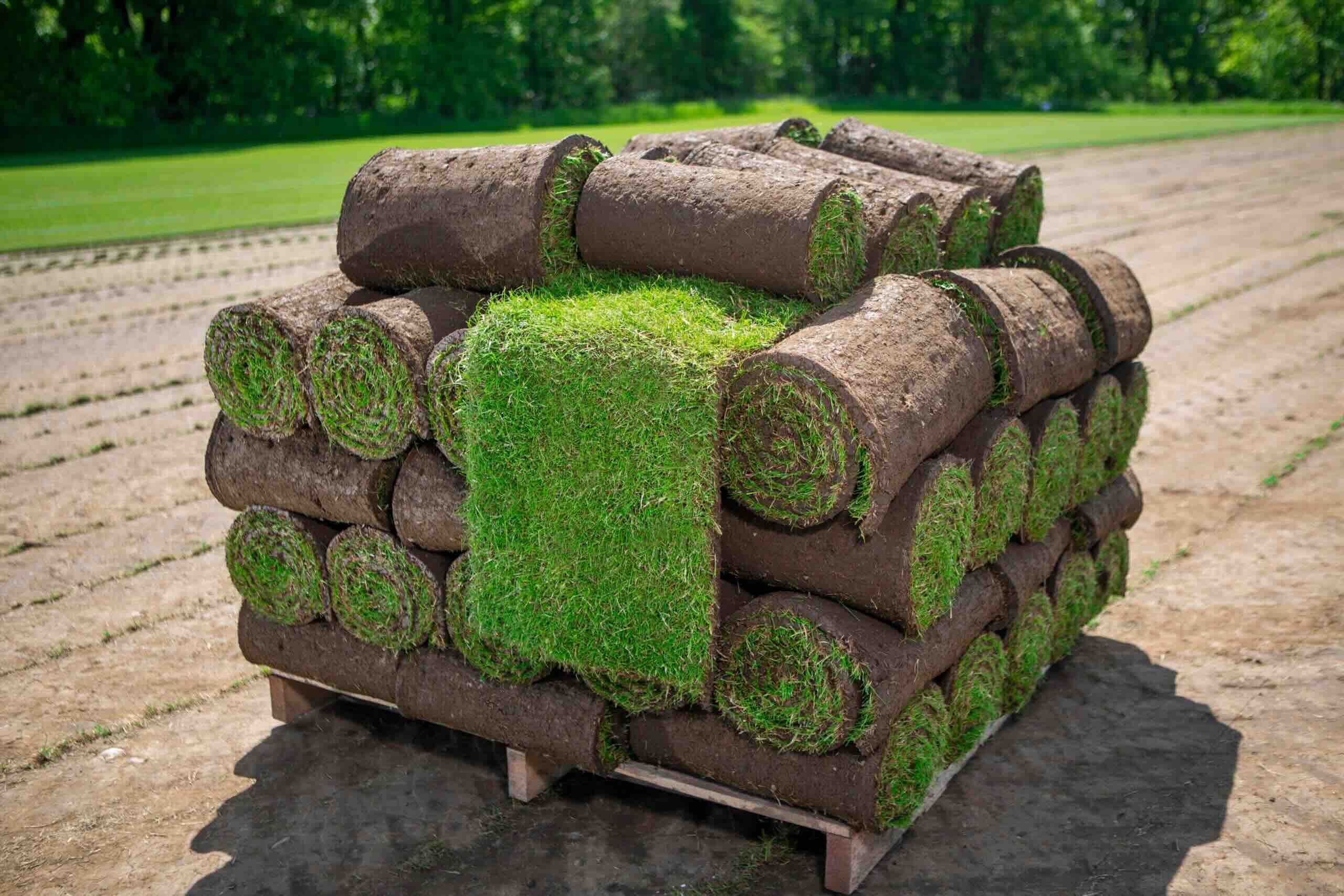
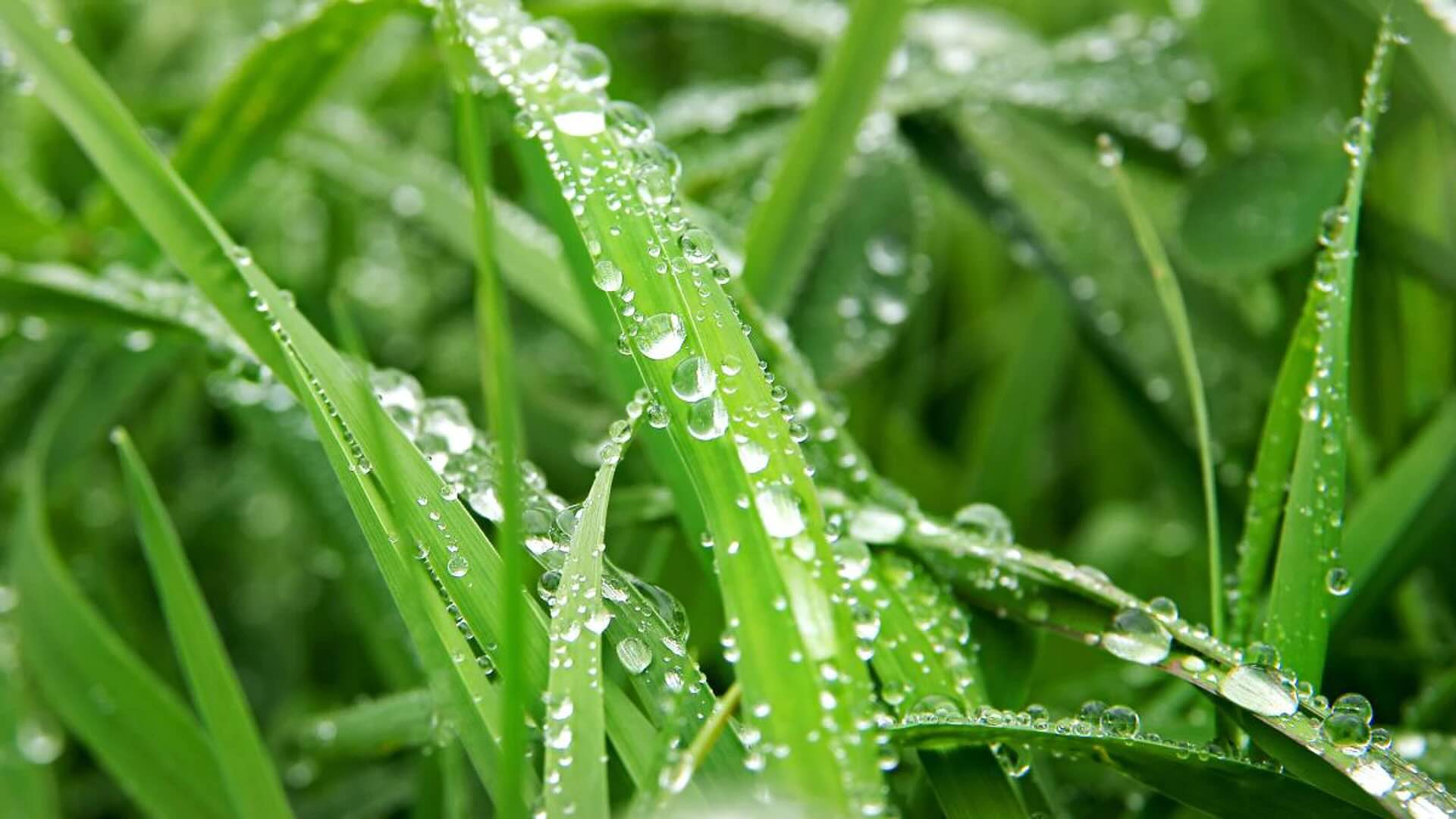


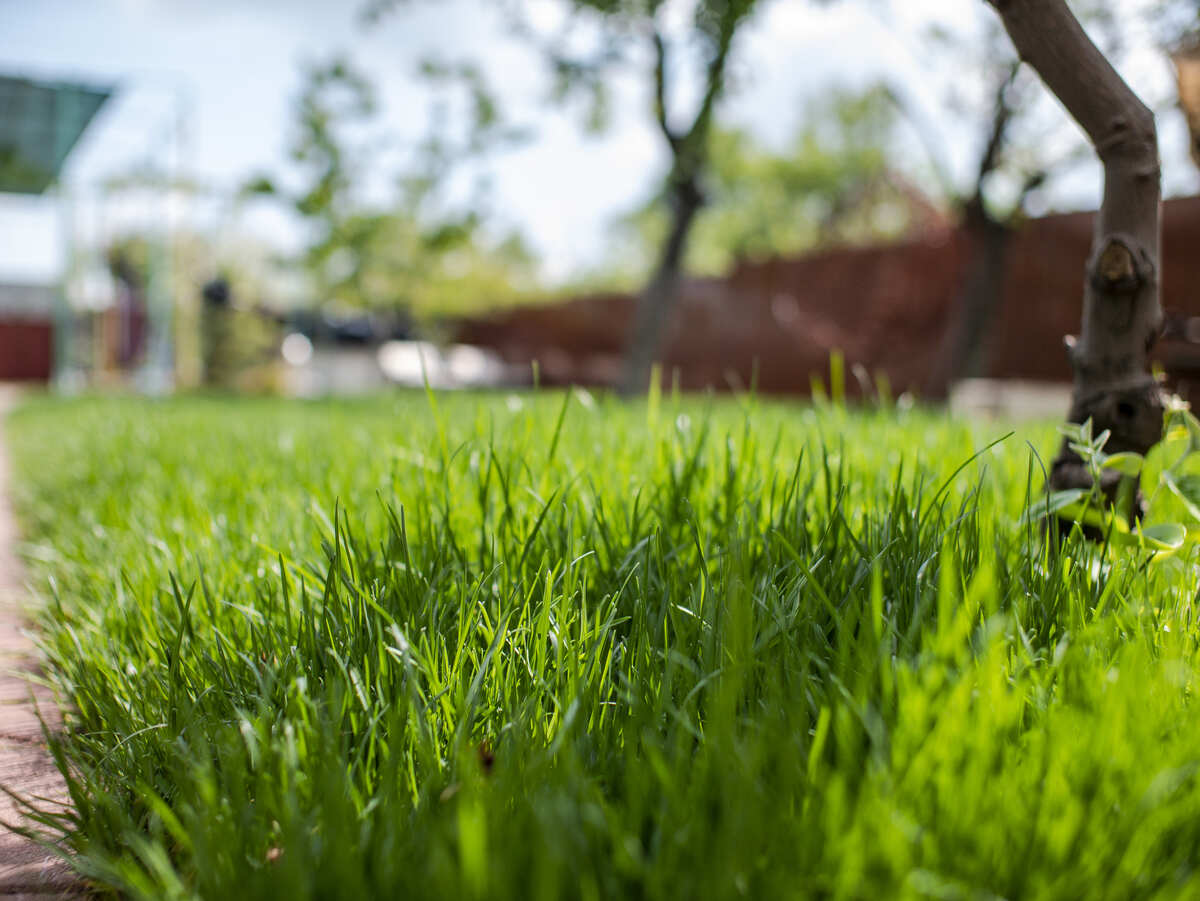




0 thoughts on “How Long To Stay Off Grass Seed”